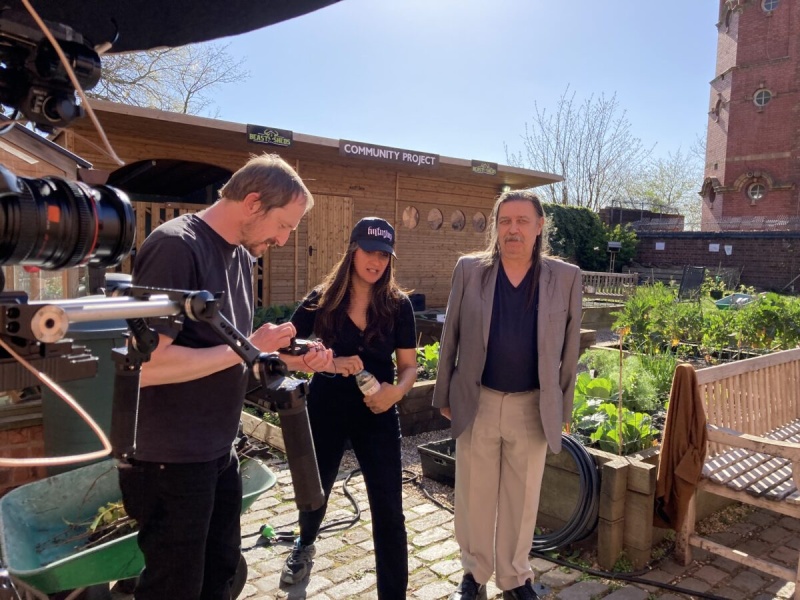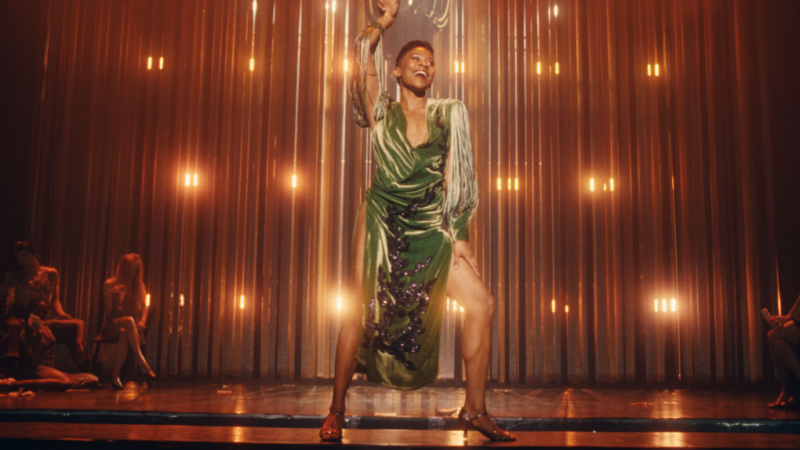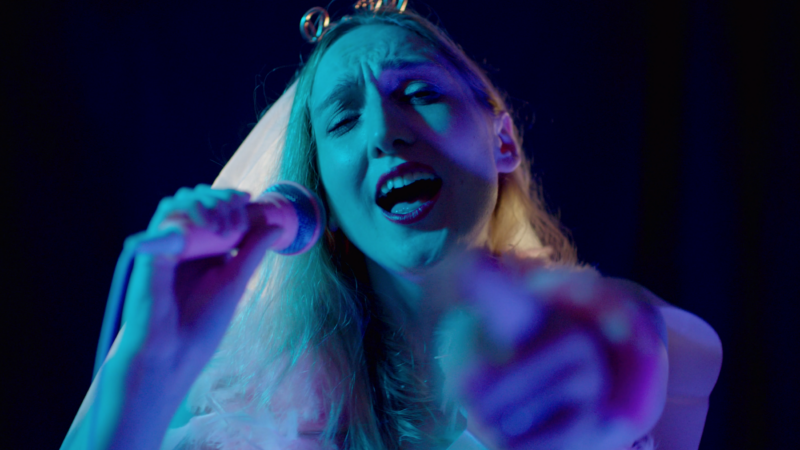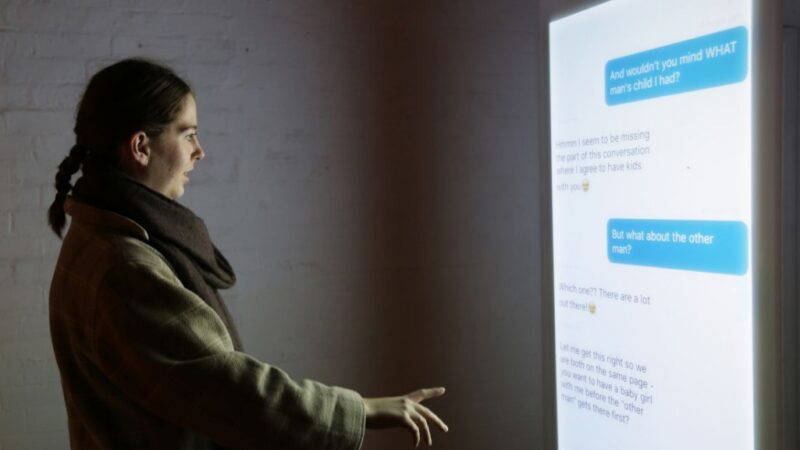The Growing Project is a community-led growing scheme, working to improve sites across Birmingham by creating green spaces that are developed, tended and nurtured by homeless people. One of the partners in the scheme is Grand Union Gallery who contributes not only the allotment gardens and green spaces but also community events, and the creation of ceramics, zines and documentary films as part of the ongoing project.
Here, Jo Capper, Collaborative Programme Curator at Grand Union, talks about their first foray into digital filmmaking, and discusses both the challenges and benefits of taking The Growing Project online in search of new audiences.
The need for online video
The project sat in a real life scenario, but I guess the strength of Grand Union being the arts organisation managing this project is that we can tell the story wider. One way to do that is to utilize the platforms we hold, including an art gallery in a real life space but also the digital networks that we have. Creating a film meant that we could reach more people and share the project more widely.
We didn’t have the funds to make a high-spec film, but commissioning funds [received from The Space] enabled us to get the support to do so in a way where we could also have guidance in developing a film that would reach people. We didn’t have the expertise as a small arts organisation to deliver a film that would work; we don’t have a marketing in department. I’m a project lead but I was suddenly in a position where I was having to make documentary film, never having made one before.
We came with no expectations. We had limited time of understanding so when we put together the original proposal, we looked at other arts organisations and the types of assets they had online, and we had lots of aspirations, but our knowledge was low level. Without a specialist marketing team, our information came from personal experience as opposed to lots of analysis.
Getting the film right
The first time we had a conversation with The Space, we had been given the funds.The conversation started with our objectives in terms of what we wanted from the film.
Grand Union’s objectives for the film component of the project
- Develop project staff digital video skills to document the project to a standard that then enables creation of quality digital content by project participants and artists.
- Extend the reach of the project and the knowledge/skills that are developed beyond the community of people physically working on it.
- Use the content as a learning tool for wider audiences through gardening discussion and workshop broadcasts.
- Create a strategic digital distribution campaign via social media that increases Grand Union’s audiences throughout the development of the community garden.
There was one crucial conversation we had with Rob [Lindsay, Head of Programmes at The Space] when we’d done our first draft edit of the whole film, and he looked at how the messaging wasn’t right in the first ten seconds. I guess it sounds like a really simple thing, but it was really major for us in terms of thinking through how we put our information in digital form.
By going through this process I learned much more about how to tell a story and what the essential parts of the story are, particularly around human interest… We learned there could be some amazing parts in the film, but if the beginning message isn’t right, you’re not going to get people to watch. Letting go of some aspects of what we’re trying to achieve in the overall project from the film doesn’t mean it’s gone forever. It’s about using the [online film] form to connect to people. It’s after that you can do the deeper work.
Learning from the process
When you’re you’re applying for something you say “Yeah, we can do all of that, yeah, yeah, yeah” but it would have been ideal to have an honest conversation around the additional resources we’d need to disseminate the film.
We did a screening launch online and in thinking through the preparation for this we had completely underestimated the resource we would need to do it effectively. If we were to create something again and do another online launch, we’d now know how to do that more effectively.
We now realize how effective making shorter films and putting them onto digital networks is, and how crucial for reaching audience. It sounds ridiculous, really, as we’re an arts organisation but our practice comes much more from gallery spaces, so we we’re well-adapted to presenting information in an exhibition, but not necessarily on digital networks.

Success stories
When we started our launch process and we were putting out one of the site portrait videos every day, one of our Instagram posts got around 1,000 views, which doesn’t happen for us!
We have continued to work with Sima [Gonsai], the filmmaker, on other projects and have the conversation about how we can create further films that talk about the work we do. We’ve created a close working partnership with her. Some of the artists we’re working with this year are making films, and so we’ve worked with Sima on these too because she knows our organisation now. It’s a really fruitful relationship. We’re also going to be making another film around housing justice, which we’re not starting until September.
I feel like we’ve developed a connection with an organisation in Birmingham [The Space] that can really support us to create further assets. I know that if we wanted to develop something and we needed that particular expertise, I could approach The Space as potential funders or partners to help develop something. I think this is an amazing thing.
In terms of using the content as a learning tool for wider audiences, we re-made our YouTube page and got better in in terms of you using hashtags. We submitted it for the Birmingham Film Festival – we would never have done that previously – and we got shortlisted for one of the awards.
I’ve done many different talks now where I’ve been able to show the film as part of the talk, which is a really useful tool. I’ve also been invited to do more talks about the project because of the film and its acknowledgment from the film festival. People have seen these short assets and wanted to know more.
Greening the City
How useful was this resource?




